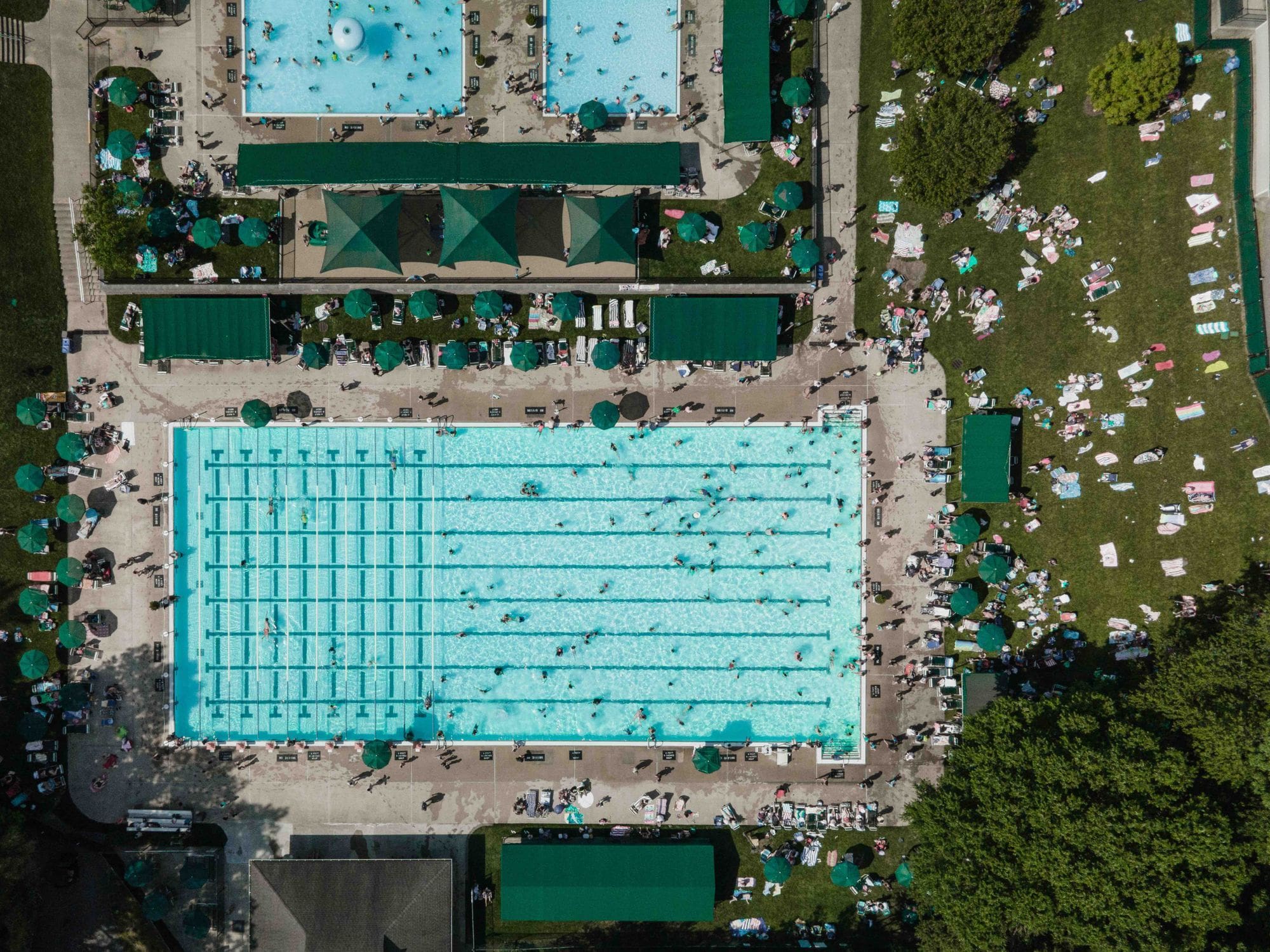Community amenities, such as swimming pools, parks, fitness centers, and common areas, are an essential part of the appeal and value of homeowners' association (HOA) and condo association living in Florida. These amenities require diligent maintenance and long-term preservation to ensure they remain enjoyable and functional for all residents. In this blog post, we will explore strategies for maintaining community amenities in HOA and condo associations in Florida, promoting a vibrant and desirable living environment for homeowners.
Regular Inspections and Maintenance:
Regular inspections and maintenance are vital to identify and address potential issues with community amenities promptly. This includes routine checks of equipment, facilities, and infrastructure. Associations should establish a maintenance schedule, conduct regular inspections, and promptly address any maintenance needs to prevent minor issues from escalating into costly repairs.
Establishing a Maintenance Reserve Fund:
To support the long-term preservation of community amenities, HOA and condo associations should establish a maintenance reserve fund. This fund is set aside specifically for future repairs, replacements, and upgrades of community amenities. By consistently contributing to the reserve fund, associations can ensure they have sufficient resources to address maintenance needs and prevent the burden of special assessments on homeowners.
Prioritizing Preventive Maintenance:
Preventive maintenance plays a crucial role in extending the lifespan of community amenities. This includes routine tasks such as cleaning, lubricating, and inspecting equipment, as well as implementing measures to protect amenities from damage, such as regular painting or sealing. Prioritizing preventive maintenance helps prevent major breakdowns, reduces repair costs, and ensures the longevity of community amenities.
Engaging Professional Service Providers:
HOA and condo associations should consider engaging professional service providers to handle the maintenance and repair of community amenities. Professional vendors with expertise in various areas, such as pool maintenance, landscaping, or equipment servicing, can ensure that amenities are properly maintained and adhere to safety standards. Regularly reviewing and evaluating service providers' performance is essential to ensure quality service and value for the association.
Establishing Amenity Usage Guidelines:
To preserve community amenities, associations should establish clear guidelines for their usage. These guidelines can include rules regarding hours of operation, guest policies, reservation procedures, and safety guidelines. Properly communicating and enforcing these guidelines help maintain a harmonious environment and prevent misuse or damage to amenities.
Encouraging Homeowner Responsibility:
Homeowners share the responsibility for maintaining community amenities. Encouraging homeowners to treat amenities with care, report any damages or maintenance issues promptly, and adhere to usage guidelines fosters a sense of ownership and respect for shared amenities. Promoting a culture of responsible usage helps preserve amenities for the enjoyment of all residents.
Implementing Regular Safety Inspections:
Safety should be a top priority when it comes to community amenities. Associations should conduct regular safety inspections to ensure that amenities meet safety standards and regulations. This includes inspections of playground equipment, pool areas, fitness centers, and any other amenity that poses potential safety risks. Addressing any safety concerns promptly and implementing necessary improvements or repairs safeguards the well-being of residents.
Incorporating Energy Efficiency Measures:
Implementing energy-efficient measures within community amenities not only helps reduce operational costs but also contributes to environmental sustainability. Associations can consider installing energy-efficient lighting, HVAC systems, and water-saving fixtures. Additionally, educating homeowners about energy-saving practices and encouraging their participation in conservation efforts can further promote sustainability within the community.
Planning for Upgrades and Renovations:
As amenities age or community needs evolve, associations should plan for upgrades and renovations to ensure amenities remain attractive and relevant. This may involve gathering homeowner input, conducting feasibility studies, and budgeting for necessary improvements. Proactive planning allows associations to anticipate future needs and allocate resources efficiently for amenity enhancements.
Regular Communication and Feedback:
Open and transparent communication with homeowners is essential for maintaining community amenities effectively. Associations should regularly communicate updates, maintenance schedules, and planned improvements to homeowners. Additionally, soliciting feedback and suggestions from residents on amenity maintenance and enhancements can help ensure that their needs and preferences are taken into consideration.
In conclusion, maintaining community amenities in HOA and condo associations in Florida requires proactive maintenance, responsible homeowner engagement, and proper planning. By prioritizing regular inspections, establishing maintenance reserves, engaging professional service providers, implementing safety measures, and involving homeowners in the process, associations can preserve and enhance community amenities for the enjoyment and satisfaction of all residents.


